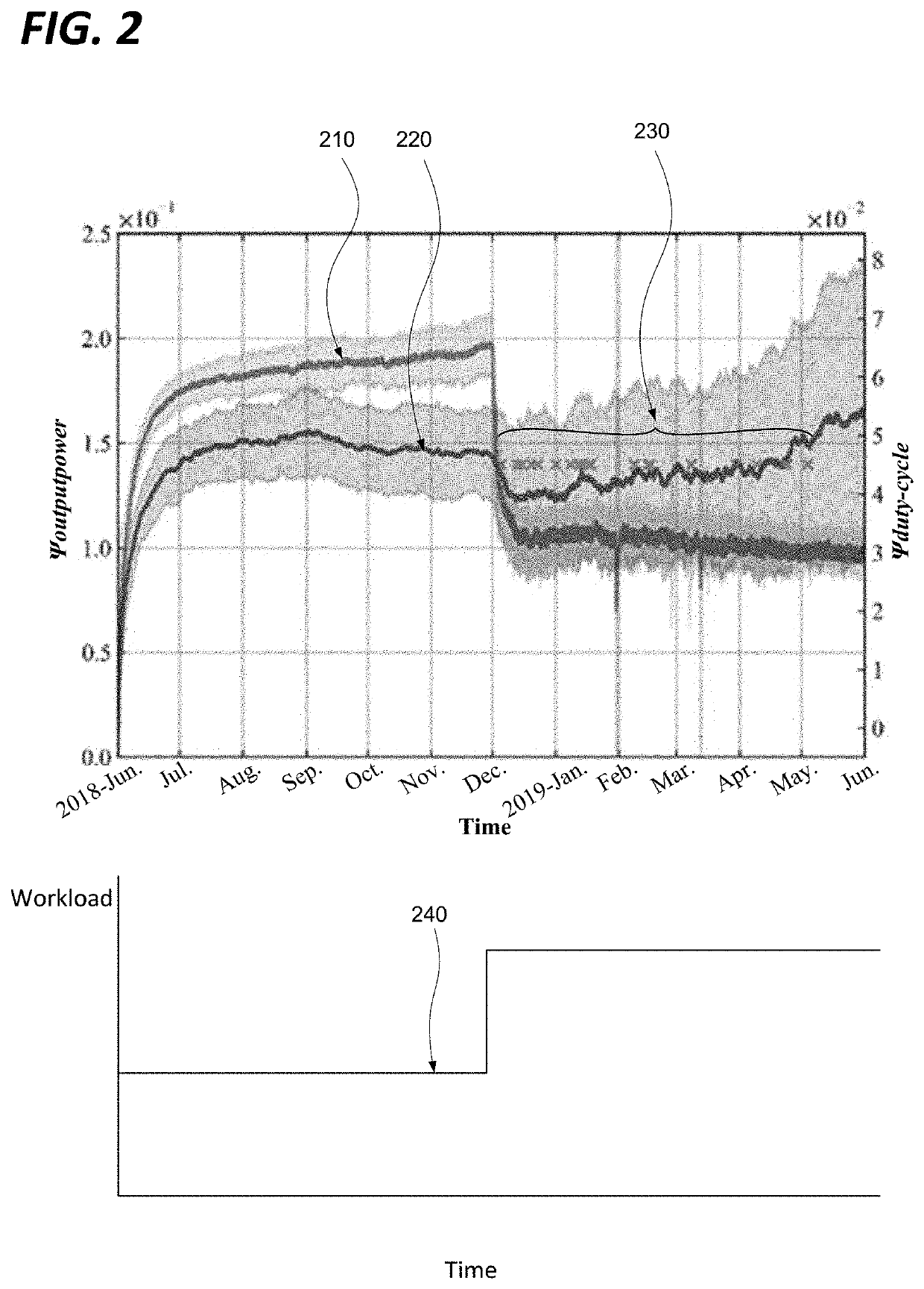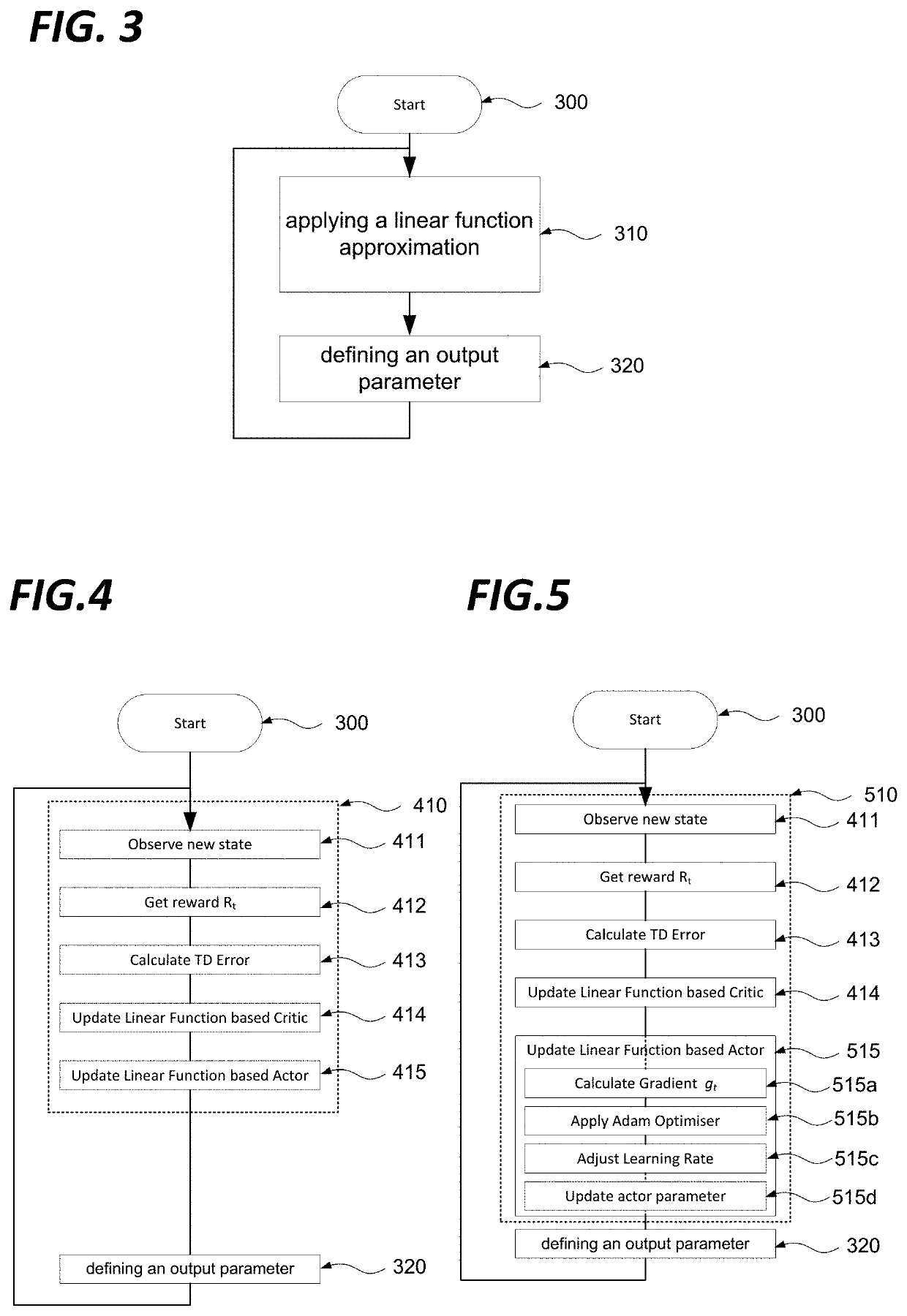Method and system for controlling energy consuming operations
a technology of energy consumption and energy management, applied in the field of energy management of energy-constrained electronic systems, can solve problems such as affecting the behaviour of sensor nodes, poor estimation, and technical problems to be faced, and achieve the effect of reducing gradient fluctuations
- Summary
- Abstract
- Description
- Claims
- Application Information
AI Technical Summary
Benefits of technology
Problems solved by technology
Method used
Image
Examples
Embodiment Construction
[0053]In view of the foregoing discussion, it is proposed to combine a fast online adaptation technique with lightweight reinforcement learning, without recourse to neural nets, as discussed in further detail below.
[0054]The present disclosure relates generally to controlling energy consuming operations in an energy constrained electronic system. In particular, electronic systems in the context of the present invention may be considered as constituting energy constrained electronic system insofar as their power requirements are constrained by the capacity of a power supply supporting those power requirements, or energy constraints being imposed by the capacity of one or more electrical power supplies providing electrical energy for said system. For example, and electronic power supply will typically be constrained in terms of the maximum instantaneous current that can be provided, as well as the maximum average current that can be provided over a more or less extended period. These ...
PUM
 Login to View More
Login to View More Abstract
Description
Claims
Application Information
 Login to View More
Login to View More - R&D
- Intellectual Property
- Life Sciences
- Materials
- Tech Scout
- Unparalleled Data Quality
- Higher Quality Content
- 60% Fewer Hallucinations
Browse by: Latest US Patents, China's latest patents, Technical Efficacy Thesaurus, Application Domain, Technology Topic, Popular Technical Reports.
© 2025 PatSnap. All rights reserved.Legal|Privacy policy|Modern Slavery Act Transparency Statement|Sitemap|About US| Contact US: help@patsnap.com



